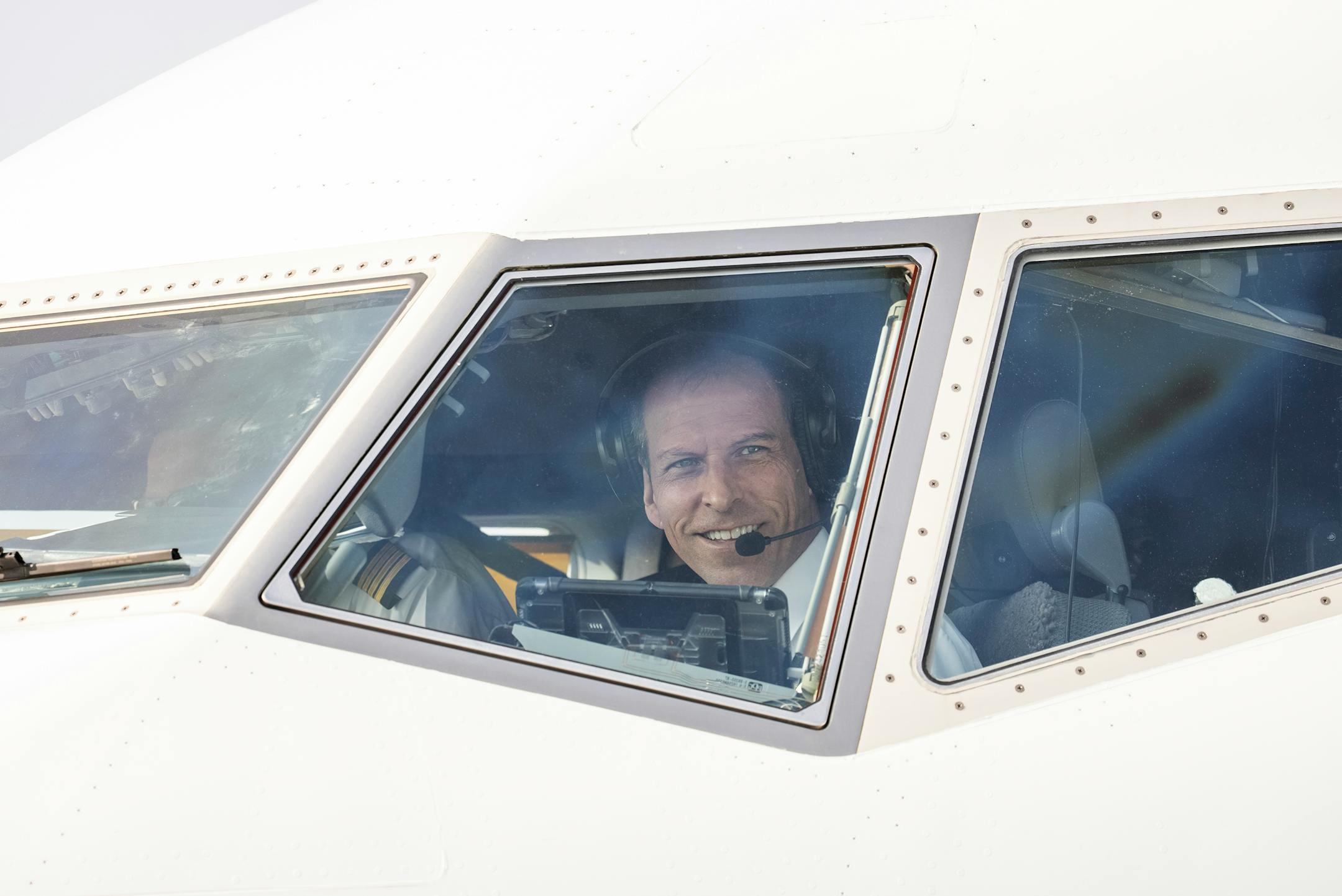PWK HANGAR 5 & 6 AIRCRAFT SERVICE REQUESTS
CLICK HERE

The Vision Jet SF50 has taken the aviation world by storm, heralding a new era of private flight. As the world’s first single-engine personal jet, it offers the performance and comfort of a high-performance aircraft, designed for the modern pilot seeking both efficiency and luxury. But flying such a sophisticated machine comes with unique challenges, making specialized training essential. If you're looking to master the Vision Jet, here’s what you need to know about the necessary skills, training requirements, and how to prepare for the demands of this remarkable aircraft.
While the Vision Jet is designed to be more user-friendly than traditional jets, it still requires a higher level of training compared to smaller piston aircraft or even multi-engine planes. As the jet is equipped with advanced avionics, a digital flight deck, and high-speed capabilities, it demands a pilot who is not only skilled in handling the basic flight principles but also adept at managing the high-performance systems it offers.
Vision Jet training is essential for ensuring that pilots understand the nuances of the SF50's unique systems and can respond appropriately to potential in-flight scenarios. Without proper training, the risk of errors increases significantly, particularly when dealing with high-speed maneuvers, cross-country flights, or emergency situations.
To become a proficient Vision Jet pilot, you'll need to earn your Vision Jet SF50 Type Rating Certification, which is a specialized certification granted by aviation authorities. This certification ensures that pilots are equipped to handle the complex features and systems of the SF50 jet.
Before jumping into the official Type Rating process, it’s critical to prepare with pre-type training. This foundational step ensures that pilots have a solid understanding of the aircraft's specifications and systems. Pre-type training often covers aircraft systems, flight planning, and emergency procedures, providing a thorough grounding for the more intense Type Rating sessions that follow.
The formal Vision Jet training process typically kicks off with a week-long ground school. During this phase, you'll gain an in-depth understanding of the aircraft’s systems, flight characteristics, and emergency procedures. The goal is to familiarize yourself with the SF50 from both a theoretical and practical perspective, ensuring you’re equipped to handle its performance and functionality in the air.
Following ground school, you'll proceed to simulator training, which is a critical part of preparing for the real-world operation of the Vision Jet. Over the next week, you’ll complete five simulator sessions, where you can practice handling the aircraft in various simulated flight conditions, from routine takeoffs and landings to in-flight emergencies.
Simulators provide a safe, controlled environment to gain valuable experience without the risks of actual flight. This helps you build muscle memory and confidence in executing maneuvers before taking the aircraft to the skies. The use of Full-Motion Simulators for Vision Jet training allows you to practice real-world scenarios in a way that’s as close to actual flight as possible.
The culmination of your Vision Jet SF50 Type Rating Certification is the checkride, conducted in the Full-Motion Simulator. During this test, you'll demonstrate your proficiency in flying the Vision Jet, handling normal flight operations, and responding to emergency scenarios under pressure. The checkride is your opportunity to showcase everything you’ve learned during your training and prove you have the skills to safely operate the SF50.
Beyond the technical training required to become certified, flying a Vision Jet requires a different set of skills and abilities. These include:
The Vision Jet comes equipped with sophisticated avionics systems, including the Garmin G3000 flight deck. Pilots need to be comfortable navigating through these advanced systems to control everything from navigation to autopilot functions. Understanding how to effectively use and troubleshoot these systems is a key component of Vision Jet training, as errors here could result in significant operational difficulties.
The Vision Jet is known for its impressive speed and high-altitude capabilities. However, with greater performance comes increased complexity. You’ll need to understand how to manage speed, altitude, and engine power to maximize efficiency and safety. Managing these aspects requires an in-depth understanding of the aircraft’s flight envelope and limitations, making it crucial for pilots to undergo comprehensive Vision Jet training before attempting more complex missions.
In aviation, the unexpected can happen at any moment. During your training, you'll prepare for emergency scenarios, including engine failure, rapid decompression, and other critical in-flight situations. While the Vision Jet is equipped with advanced systems that make flying safer, pilots must always be ready to respond to emergencies at a moment’s notice.
Once you’ve obtained your Vision Jet SF50 Type Rating Certification, it’s not the end of your training journey. Like many other aircraft certifications, a Vision Jet Type Rating requires regular recertification every 6 to 12 months. This ensures that pilots remain sharp and stay up-to-date with any changes to the aircraft’s systems, regulations, or best practices.
When selecting a provider for Vision Jet training, it’s essential to choose one that offers comprehensive courses and uses state-of-the-art training equipment. Programs like those offered by<a href="https://www.flywaterloo.com/"> FlyWaterloo ensure that you’re receiving the highest quality instruction in a facility equipped with advanced simulators and experienced instructors.
Whether you’re new to flying jets or a seasoned pilot making the transition to the SF50, proper training is essential to mastering the Vision Jet and becoming a proficient, confident pilot. With the right preparation, you’ll be ready to take to the skies in one of the most advanced personal jets on the market.